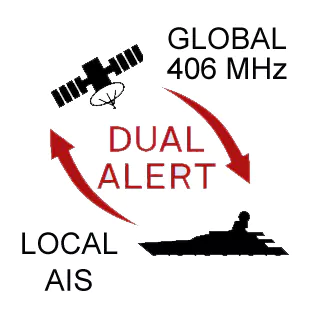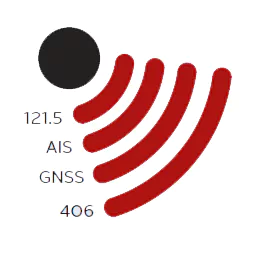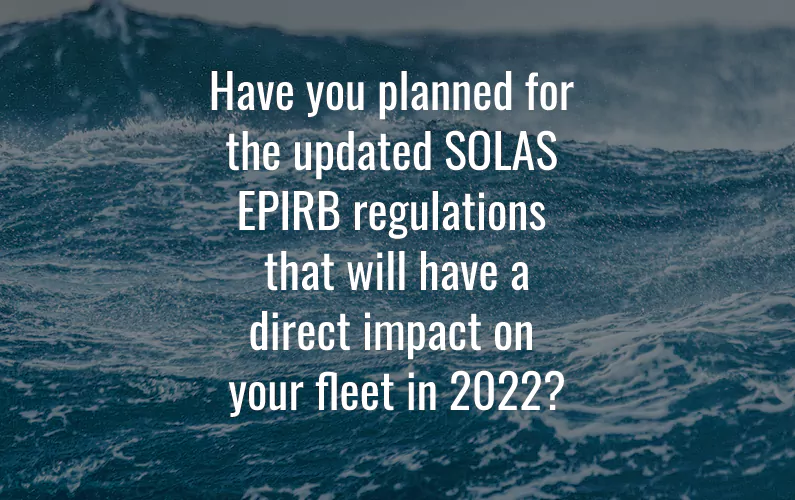Legislation Update #1: Global Mandating of AIS EPIRB for SOLAS Vessels

The IMO’s Maritime Safety Committee updated the SOLAS requirements for EPIRBS in June 2019. The new regulations will apply from the 1st of July 2022 and require the EPIRB to include an internal AIS frequency alongside the 406 MHz and GNSS requirements.
The US have introduced a new requirement through an updated RTCM EPIRB standard mandating GNSS receivers in EPIRBs for vessels in US waters. The
new law states that ‘EPIRBs that do not meet the requirements of RTCM
11000 shall not be manufactured, imported, or sold in the United States’ from 17th January 2020, removing a number of well-known older product types that no longer meet the standard.
Legislation Update #2: US mandate that Only GNSS EPIRBs can be sold

Impact on your Fleet and Crew
When it comes to response times in emergencies, just a few minutes can make all the difference in saving lives.
By including AIS in EPIRBs under the new regulations, this allows for faster localised response to distress alerts, by transmitting exact location data to nearby AIS equipped vessels for the first time. This is a landmark for informational accuracy in emergency situations. The existing non-AIS EPIRBs focused on contacting the professional search and rescue community via the Cospas Sarsat 406 MHz dedicated frequency, which took precious minutes to locate the distress beacon, and then further precious minutes to coordinate Vessels in the area to marshal a rescue. With the inclusion of GPS & GNSS, this allows the distress signal and location to be identified and tracked, which gives faster locational accuracy than the Copsat Sarsat 406 MHz tracking frequency, but it still doesn’t directly contact nearby vessels, who may be in the best position to offer assistance.
By putting AIS equipped EPIRBs on board Vessels, the rescue authorities would be notified through the satellite based distress, but simultaneously, any vessels within VHF range would receive a Man Overboard (MOB) signal along with GNSS coordinates of the distress location. This greatly increases the chances of an accelerated response to the distress signal and the possibility of local rescue.
A secondary benefit of the local AIS alert is greater awareness of false activations, as vessels in the vicinity will pick up the AIS activation, where previously the first insight is often a helicopter overhead. This may seem a trivial problem, but the reality is the vast majority of activations are accidental and by identifying and standing down search and rescue crews, we can both reduce the significant risk to deployed crews and the unnecessary cost of coastguards and volunteer bodies.
The updated regulations are a testament that to the Maritime Community, and the SOLAS organisation, safety of life at sea is of the highest priority.
We from SMD thank and applaud the dedication shown by the Crews at sea, who daily keep the wheels of global economy turning.
If you would like to know more, about how you can plan ahead, and make your Fleet “Future Proof”, feel free to ask for more information below.

The ONLY EPIRB which meets the new regulations today
- World’s First & Only EPIRB with 406MHz & AIS for localized rescue
- World’s first EPIRB with Galileo & GPS GNSS receiver for accelerated location detection
- Meets RTCM 11,000 & MCA 2022 AIS EPIRB requirement.
- 10 Year passive Battery Life
- 48 Hours of continuous operation when activated


Recent Comments